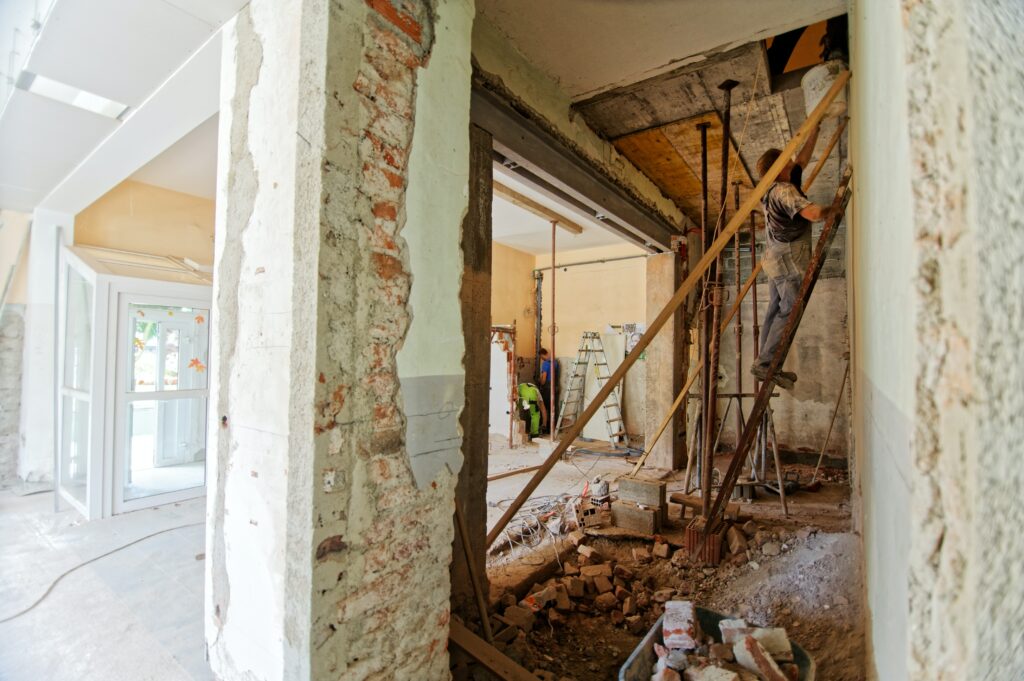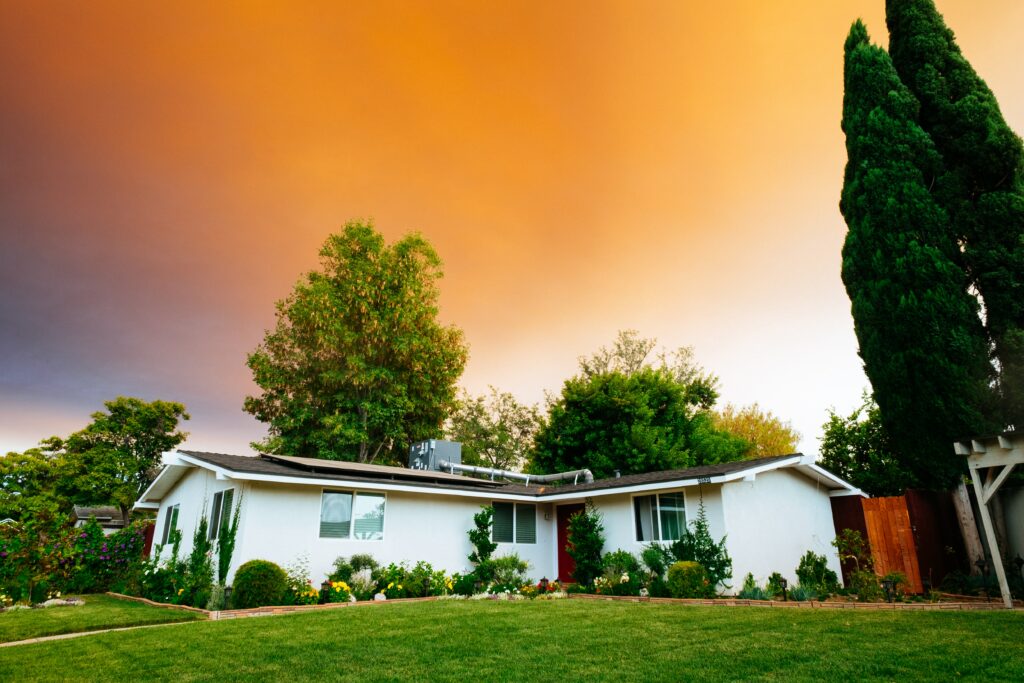But what exactly can a Salt Lake City landlord look at during an inspection? Here are some things to consider:
1. The Property’s Condition.
During an inspection, you can assess the overall condition of the property. This includes the flooring, walls, ceilings, cabinets, light fixtures, faucets, and appliances. You can check for any deferred maintenance items that may need to be addressed. You can also check for any damage the tenants may have caused. Examples would be stains or damage to the flooring, holes in the walls, broken appliances, damaged doors, etc.
2. Safety Codes and Regulations Compliance.
As a landlord in Salt Lake City, you are required to comply with safety codes and regulations. A property evaluation allows you to check and ensure that the property is still up to code and that there are no safety hazards present. For example, you should check smoke detectors, carbon monoxide detectors, and possibly fire extinguishers to ensure they are present and working properly.

3. Unauthorized Property Modifications.
Sometimes tenants take it upon themselves to make modifications to a property. Tenants may make additions or modifications to the property without obtaining approval from you, the landlord. During an inspection, you can check for any unauthorized changes or improvements. This may include removing shelving or painting a wall. During one of our inspections, we discovered a tenant had completely removed a wall between two bedrooms (no joke, it happened).
4. The Condition of Outdoor Areas.
If your rental property includes outdoor areas, such as a yard or patio, you can also inspect these areas during your visit. Look for any damage, such as broken fence posts, overgrown grass, shrubs, or bushes. Also, pay attention to damaged landscapes or broken sprinklers.

5. The Property’s Cleanliness.
Your lease agreement likely requires tenants to keep the property clean. While evaluating a property, you can check whether the tenants are complying with this requirement. You can check the cleanliness of the entire home and property including the kitchen and bathrooms. This also allows you to see the overall organization of the property.
Overall, routine inspections are an essential part of being a landlord in Salt Lake City. By conducting these inspections, you can stay on top of your property’s condition and make sure it's well-maintained. You can also ensure that your tenants are complying with the terms of the lease agreement which benefits both parties. Remember to always give proper notice before conducting an inspection, and be respectful to your tenants by conducting inspections professionally and respectfully.
If you need help and are interested in professional property management services, contact us on our website at envypm.com or call our office at 801-337-4337.

